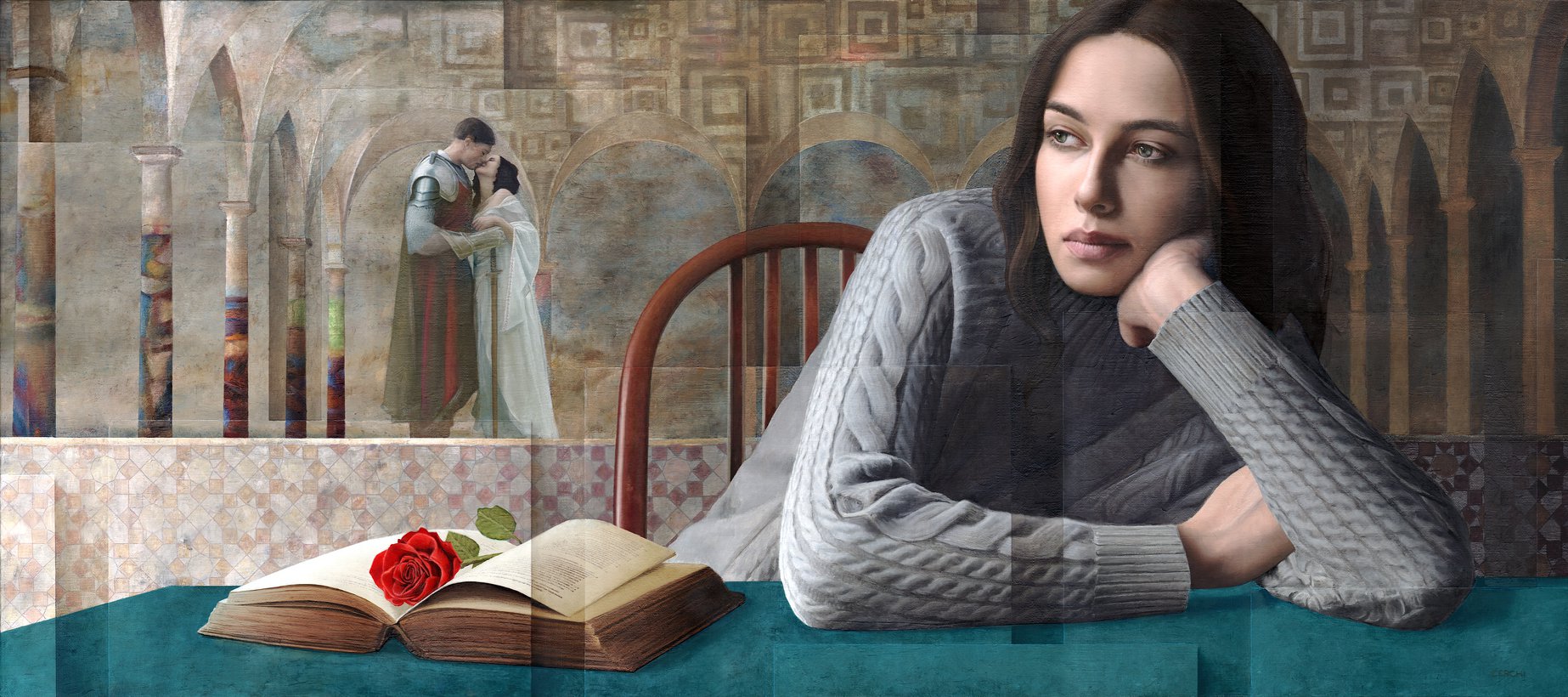The Lute Player is an early work by Caravaggio, who sought above all to convey the reality and solidity of the surrounding world. We can already see the elements of the artist's style which were to have such a widespread influence on other artists.
The figure of a young boy dressed in a white shirt stands out clearly against the dark background.
The sharp sidelighting and the falling shadows give the objects an almost tangible volume and weight.
Caravaggio was interested in the uniqueness of the surrounding world, and there are markedly individual features not only in the youth's face but also in the objects which make up the still life: the damaged pear, the crack in the lute, the crumpled pages of the music.
The melody written on those pages is that of a then fashionable song by Jacques Arcadelt, "You know that I love you".
Caravaggio | The Lute Player | The Hermitage version, 1595-1596














